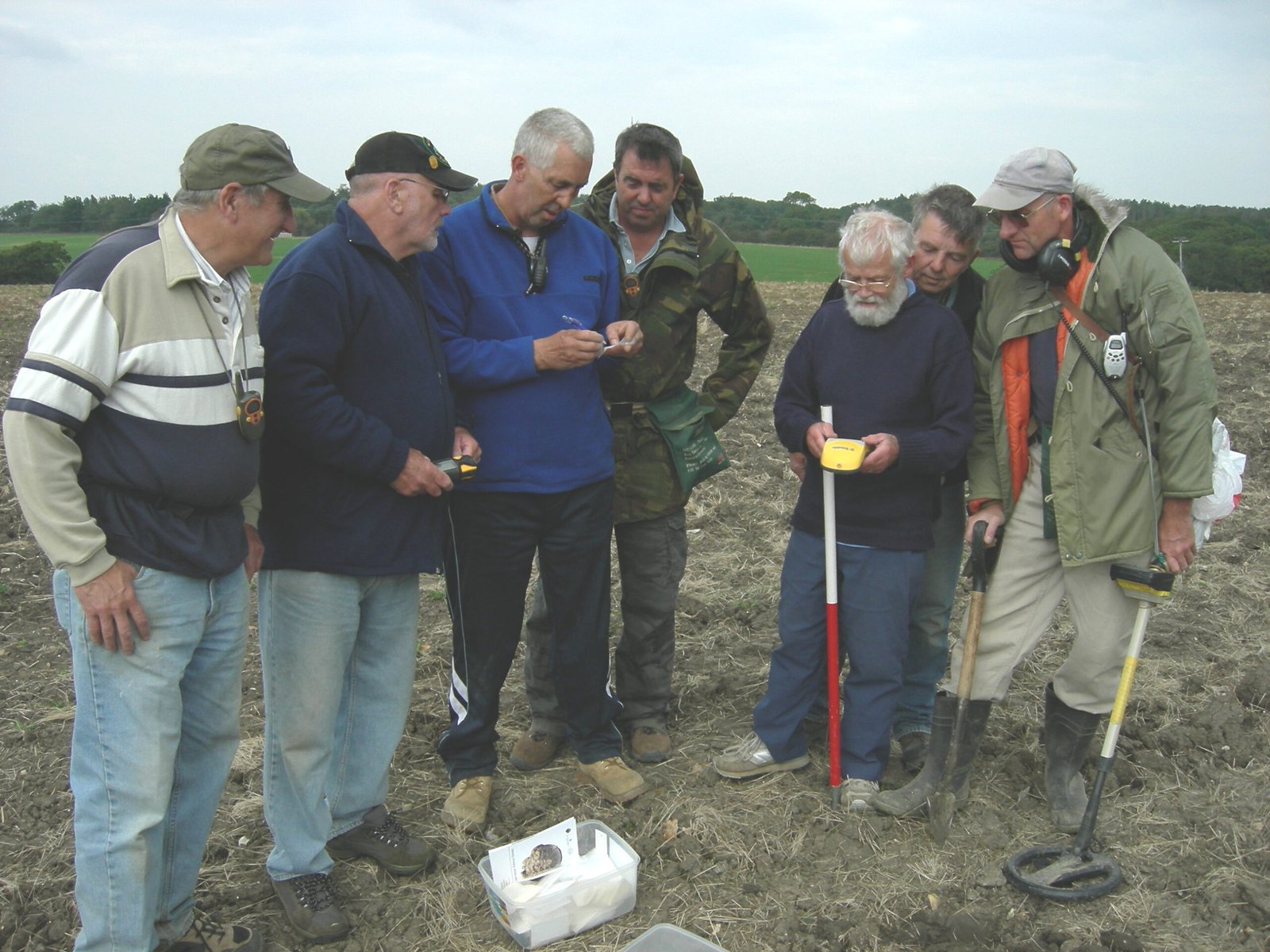From 1881, when the first metal detector was invented by Alexander Graham Bell, to this very day; metal detectors have evolved tremendously. It was Graham Bell who, totally influenced by his affliction with electricity, agreed to find the bullet that killed president James Garfield. Unfortunately for Graham Bell, he did not find the bullet; but he did build the first metal detector which was an electromagnetic device that he later called “The Induction Balance.”
To make it, Bell had to study the theory of electromagnetism which had been previously demonstrated by Joseph Henry. The Induction Balance was also influenced by Bell’s previous experience in his home – where he could hear the ticking of his clock while wearing a phone earpiece when a piece of metal was brought near the device – reason for which he deduced that the electric balance had been disturbed and this could be suitable to detect a hidden metal. He therefore studied these concepts and published “Upon New Methods of Exploring the Field of Induction of Flat Spirals”.
Treasure Hunting Enthusiasts
Bell’s device was crude and very hard to use. It wasn’t until the year 1925 when Gerhard Fischar invented a portable metal detector capable of finding buried objects. In the year 1931, the first metal detectors were sold to treasure hunting enthusiasts. From that moment, metal detectors have been built for very numerous reasons and have changed throughout the course of the years.
During the First World War, metal detectors were frequently used to detect mines or buried weapons. Such metal detectors had to be adapted and it wasn’t long until metal detectors could be used underwater to detect a hidden treasure or, in the case of war; explosives.
Metal detectors were used in Iraq in 2003 to detect hidden weapons or ammunition which may be buried under the soil in a secret compartment. Today they are being used in Ukraine and Israel.
To summarize, early metal detectors; such as the one made by Bell, could only detect metals as deep as one or two inches. This has changed and today most metal detectors may detect small coins buried many feet deep and the most powerful detectors may go much further.

